Rising Prevalence of Neurological Disorders
The increasing incidence of neurological disorders such as epilepsy, Parkinson's disease, and chronic pain conditions is a primary driver for the Neurostimulators Advanced Technologies Market. According to recent estimates, approximately 1 in 6 individuals worldwide is affected by a neurological disorder, leading to a heightened demand for effective treatment options. Neurostimulators, which offer non-invasive and minimally invasive solutions, are gaining traction as viable alternatives to traditional therapies. This trend is further supported by advancements in neurostimulation technologies, which enhance the efficacy and safety of treatments. As healthcare providers seek innovative solutions to address the growing patient population, the Neurostimulators Advanced Technologies Market is poised for substantial growth, with projections indicating a compound annual growth rate (CAGR) of over 10% in the coming years.
Growing Investment in Research and Development
Investment in research and development (R&D) within the Neurostimulators Advanced Technologies Market is on the rise, driven by the need for innovative solutions to complex neurological disorders. Pharmaceutical companies and medical device manufacturers are increasingly allocating resources to develop next-generation neurostimulators that offer enhanced functionality and improved patient outcomes. This trend is evidenced by a significant increase in clinical trials and studies aimed at exploring new applications for neurostimulation technologies. Furthermore, government funding and grants for neurological research are contributing to the expansion of the market. As R&D efforts yield promising results, the Neurostimulators Advanced Technologies Market is expected to benefit from a pipeline of novel therapies that address unmet medical needs, potentially leading to a more robust market landscape.
Regulatory Support and Streamlined Approval Processes
Regulatory support and streamlined approval processes are essential factors driving the Neurostimulators Advanced Technologies Market. Regulatory agencies are increasingly recognizing the importance of neurostimulation therapies and are working to expedite the approval of innovative devices. This shift is evident in the implementation of programs aimed at facilitating faster market access for breakthrough technologies. As a result, manufacturers are more inclined to invest in the development of advanced neurostimulators, knowing that regulatory pathways are becoming more navigable. This trend not only encourages innovation but also enhances competition within the market. With a more favorable regulatory landscape, the Neurostimulators Advanced Technologies Market is likely to experience accelerated growth, as new products are introduced to meet the evolving needs of patients and healthcare providers.
Technological Advancements in Neurostimulation Devices
The Neurostimulators Advanced Technologies Market is significantly influenced by rapid technological advancements in neurostimulation devices. Innovations such as closed-loop systems, which provide real-time feedback and adjust stimulation parameters automatically, are revolutionizing treatment approaches. Additionally, the integration of wireless technology and miniaturization of devices enhances patient comfort and compliance. These advancements not only improve the effectiveness of neurostimulation therapies but also expand their applications across various neurological conditions. Market data suggests that the adoption of advanced neurostimulators is expected to increase, with a notable rise in the number of devices approved for clinical use. As technology continues to evolve, the Neurostimulators Advanced Technologies Market is likely to experience a surge in demand, driven by both healthcare providers and patients seeking cutting-edge treatment options.
Increasing Awareness and Acceptance of Neurostimulation Therapies
The growing awareness and acceptance of neurostimulation therapies among healthcare professionals and patients are pivotal drivers for the Neurostimulators Advanced Technologies Market. Educational initiatives and outreach programs have played a crucial role in informing stakeholders about the benefits and effectiveness of neurostimulation as a treatment modality. As more healthcare providers recognize the potential of neurostimulators in managing chronic pain and neurological disorders, the adoption rates are likely to increase. Additionally, patient advocacy groups are actively promoting neurostimulation therapies, further enhancing their visibility and acceptance. Market data indicates that as awareness continues to rise, the Neurostimulators Advanced Technologies Market is expected to witness a steady increase in demand, fostering a more favorable environment for innovation and growth.


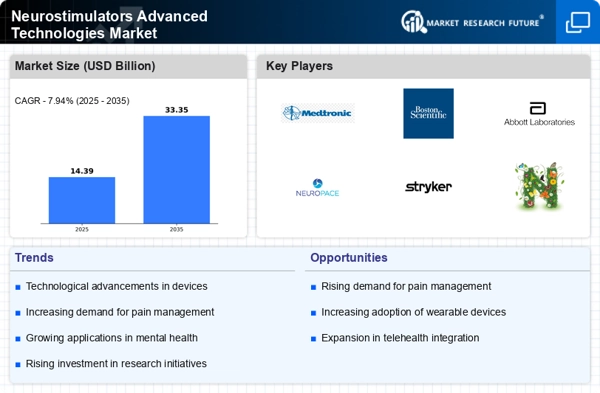
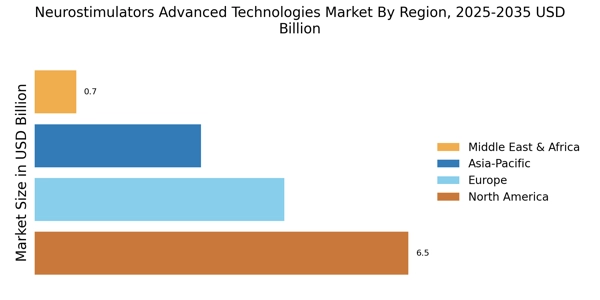
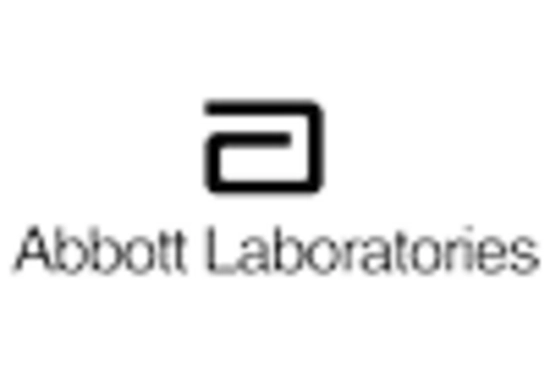


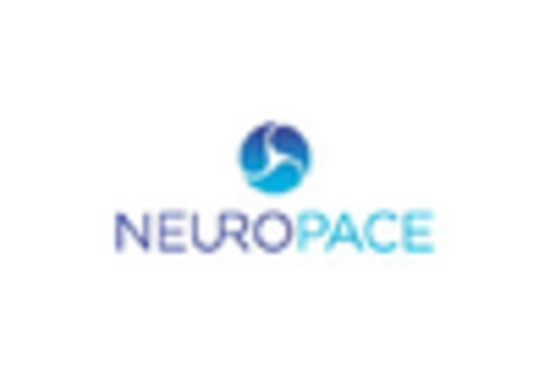
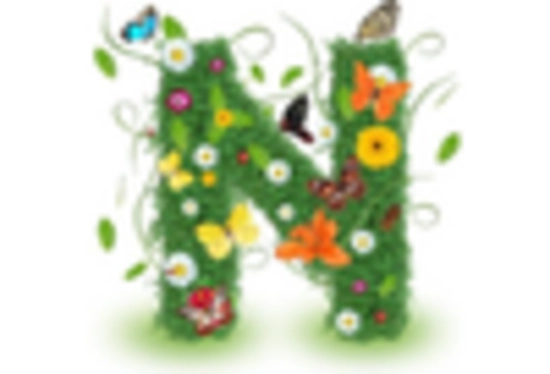









Leave a Comment